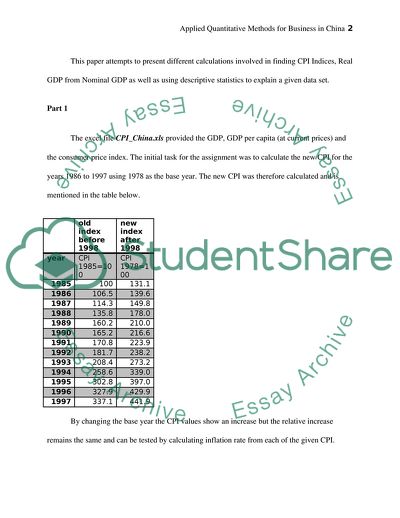Cite this document
(Applied Quantitative Methods for Business in China Assignment, n.d.)
Applied Quantitative Methods for Business in China Assignment. https://studentshare.org/macro-microeconomics/1792287-applied-quantitative-methods-for-business-in-china
Applied Quantitative Methods for Business in China Assignment. https://studentshare.org/macro-microeconomics/1792287-applied-quantitative-methods-for-business-in-china
(Applied Quantitative Methods for Business in China Assignment)
Applied Quantitative Methods for Business in China Assignment. https://studentshare.org/macro-microeconomics/1792287-applied-quantitative-methods-for-business-in-china.
Applied Quantitative Methods for Business in China Assignment. https://studentshare.org/macro-microeconomics/1792287-applied-quantitative-methods-for-business-in-china.
“Applied Quantitative Methods for Business in China Assignment”. https://studentshare.org/macro-microeconomics/1792287-applied-quantitative-methods-for-business-in-china.


